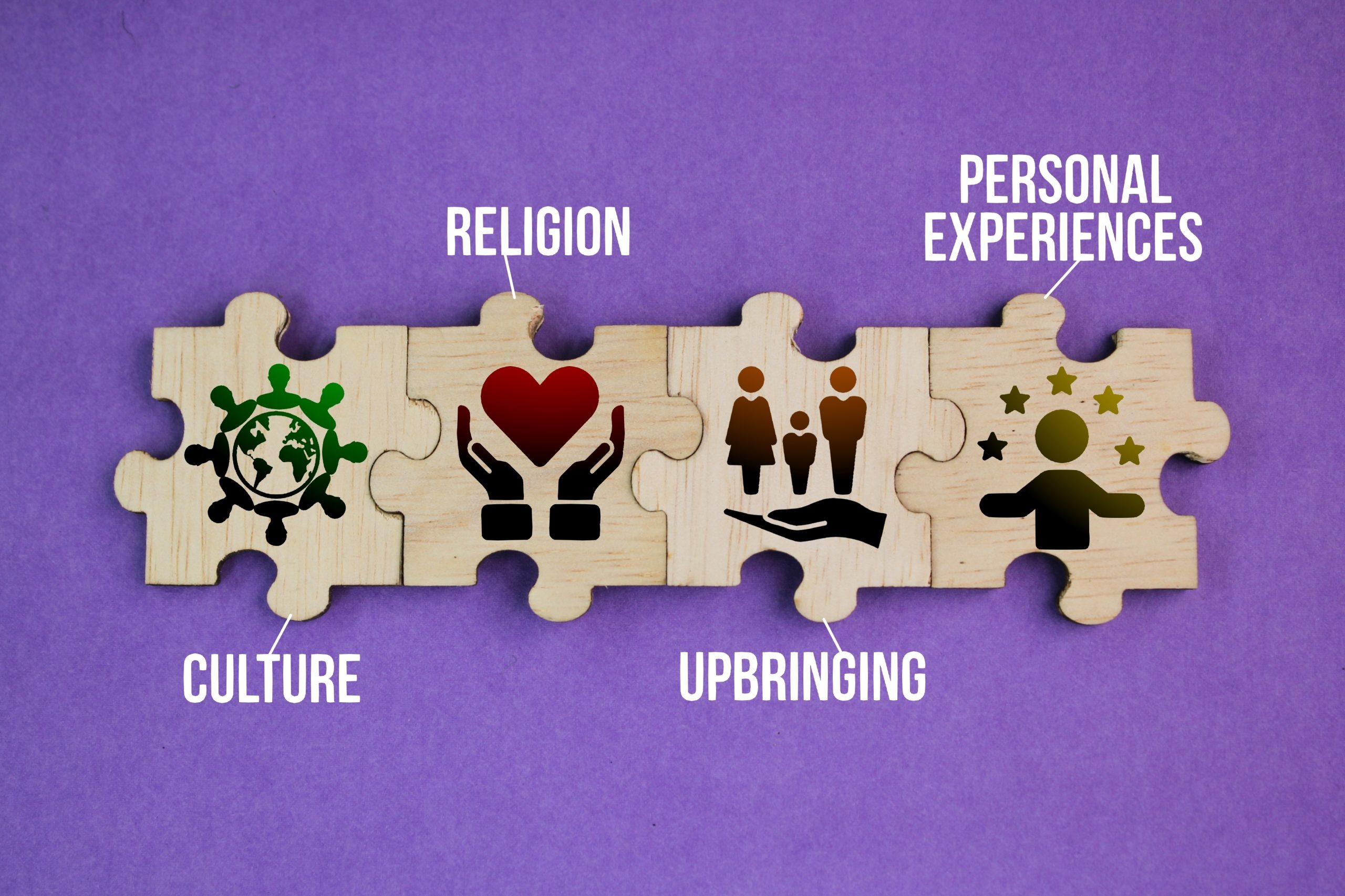Sentimental clutter is one of the most challenging types of clutter to deal with. Whether it’s old photos, inherited heirlooms, or items that remind you of a significant life event, these objects carry emotional weight that can make it difficult to part with them. However, holding on to too many sentimental items can create physical clutter in your home and mental clutter in your life. If you’re struggling to let go, here are some tips and insights to help you deal with sentimental clutter while preserving the memories that matter most.
1. Understand the Impact of Sentimental Clutter
Before tackling sentimental clutter, it’s important to recognize its impact on your life. While these items might evoke pleasant memories, holding on to too many of them can create stress, overwhelm, and even guilt. A cluttered space can also make it harder to enjoy your home, as it becomes a constant reminder of things left undone.
Insight: By acknowledging the emotional ties you have to these items, you can begin to separate the memories from the physical objects. Remember, the memories are in your heart and mind, not in the things themselves.
Tip: Start by reflecting on how your cluttered space makes you feel. Do you feel peaceful and content, or does it cause anxiety and frustration? Understanding your emotions can be a powerful motivator for change.
2. Start Small and Take Your Time
When dealing with sentimental clutter, it’s important not to overwhelm yourself. Start with a small category, such as letters, photos, or a specific drawer, and give yourself permission to go slowly. This approach allows you to process your emotions as you sort through items and prevents burnout.
Trick: Set a timer for 15 or 30 minutes and commit to working on a small area during that time. This way, you can make progress without feeling overwhelmed by the task.
Tip: As you sort, ask yourself whether the item brings you joy, or if it’s just taking up space. If it’s the latter, it might be time to let it go.
3. Keep the Best, Let Go of the Rest
It’s not necessary to keep every single item that holds sentimental value. Instead, focus on keeping the most meaningful pieces and letting go of the rest. Choose items that truly resonate with you and represent important memories.
Insight: Consider the concept of “quality over quantity.” A few cherished items can hold more meaning and be more enjoyable to display or use than a large collection of things that simply create clutter.
Tip: Create a special box or display area for your most treasured items. This allows you to honor and appreciate them without feeling overwhelmed by the sheer volume of belongings.
4. Digitize What You Can
For items like photographs, letters, and children’s artwork, digitizing can be a great solution. Scanning these items allows you to preserve the memories without taking up physical space in your home.
Trick: Use a scanner or a smartphone app to digitize your sentimental items, and store them in a cloud service or external hard drive. This way, you can access and enjoy them without the clutter.
Tip: Once you’ve digitized items, consider letting go of the originals, or at least reducing the number you keep. This can be a gentle way to declutter while still holding onto the memories.
5. Repurpose or Rehome
Sometimes, letting go of sentimental items is easier if you know they’ll be appreciated by someone else. Consider giving items to family members who might value them, or donating them to a cause that’s meaningful to you.
Insight: Repurposing items can also be a way to keep the memory alive while giving the object a new life. For example, turn old clothing into a quilt or use vintage jewelry to create a new piece of art.
Tip: If an item is particularly special but no longer useful to you, consider passing it on with a story about its significance. This can help preserve the memory while also freeing up space in your home.
6. Embrace the Emotional Process
Letting go of sentimental clutter can be an emotional journey, and it’s important to be kind to yourself throughout the process. It’s normal to feel a range of emotions, from nostalgia to sadness, as you sort through items. Allow yourself to experience these feelings and remember that it’s okay to let go.
Trick: If you’re struggling to part with something, take a photo of it before letting it go. This can help you preserve the memory without holding onto the physical item.
Tip: Share your experience with a friend or family member who understands the emotional significance of the items. Talking about your feelings can provide comfort and help you process the decision to let go.
